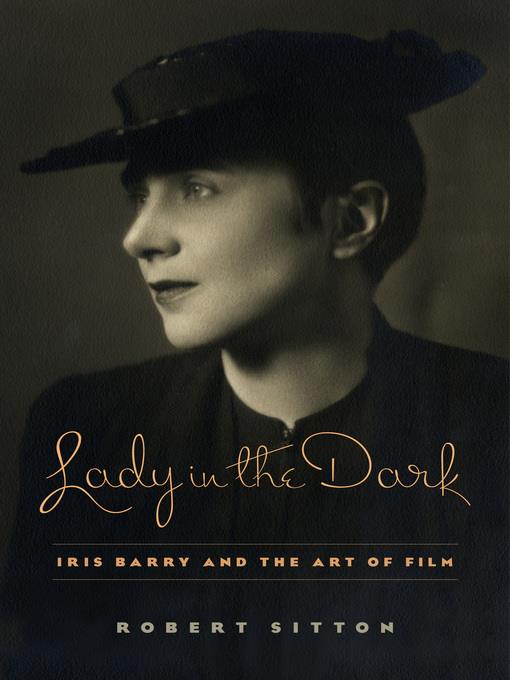
Lady in the Dark
Iris Barry and the Art of Film
- اطلاعات
- نقد و بررسی
- دیدگاه کاربران
نقد و بررسی

January 15, 2014
Iris Barry (1895-1969) is one of the main reasons we can still see silent movies of Hollywood, Europe and Russia. Media and culture professor Sitton exhaustively traces Barry's career from aspiring poet to playwright, biographer and film critic. In 1916, Ezra Pound encouraged Barry to join his Bloomsbury coterie, where she met the love of her life, Wyndham Lewis. Their two children were generally ignored, and neither knew of the other's existence; parenthood was certainly not Barry's strong point. In 1923, Barry landed a job as film critic for the London Spectator, and her career blossomed from there. As she grew and learned, she managed to connect with all the right people--e.g., T.S. Eliot and Sidney Bernstein, with whom she founded the Film Society in London in 1925. This was the beginning of her quest to raise cinema from a lower-class beer-hall diversion to a legitimate art form, and she convinced European film societies to contribute copies of their films for preservation. Though her work raised film to a high art, however, she never defined the criteria for a good film. Her introduction to art historian Alfred Barr proved to be the key to her involvement in the film library at the Museum of Modern Art. While her husband, John Abbott, got most of the credit, it was Iris who collected and cataloged the international library of films that would have been destroyed in World War II. Life at MOMA, the involvement in wartime propaganda, the gossipy tale of Barr's replacement by Abbott and the easing out of Iris from her life's work all help reduce the ennui of Sitton's name-dropping, long quotes and abundance of information in general. Film students will enjoy this book; however, to learn criticism, they should read Barry's Let's Go to the Pictures (1926).
COPYRIGHT(2014) Kirkus Reviews, ALL RIGHTS RESERVED.

Starred review from February 15, 2014
The most fascinating characters tend to be the unsung heroes of their field, and there may be no greater example of this than Iris Barry. One of the first people--and certainly one of the first women--to consider film an art form, Barry's contribution to the craft both as a critic and especially a preservationist may be unparalleled. Working in England and America from the 1920s through the 1960s, Barry was a literary and critical voice in a world of promotional blurbs and media campaigns. Her work with the London Film Society and MoMA toward the viewing and curation of internationally produced films is unquestionably, if unknowingly, reflected in the prevalence of our current film institutes and preservation efforts. There are also a fair number of snippets from her essays and letters included in this book, and it leaves one hoping a collection of Barry's own writings will see publication one day. VERDICT This remarkable story is richly detailed yet remains thoroughly accessible and is required reading for anyone interested in film, art, or museums.--Peter Thornell, Hingham P.L., MA
Copyright 2014 Library Journal, LLC Used with permission.




دیدگاه کاربران